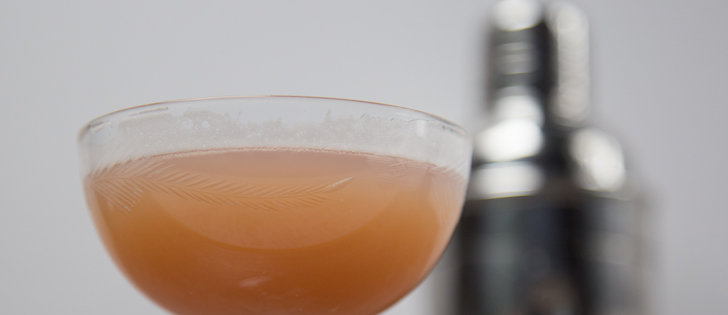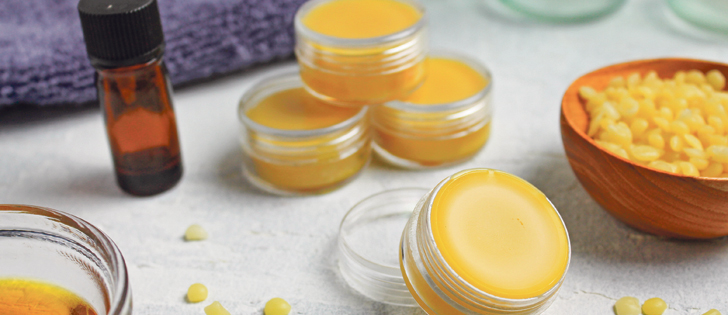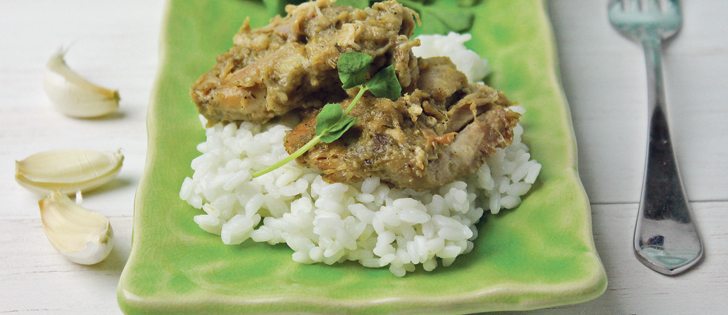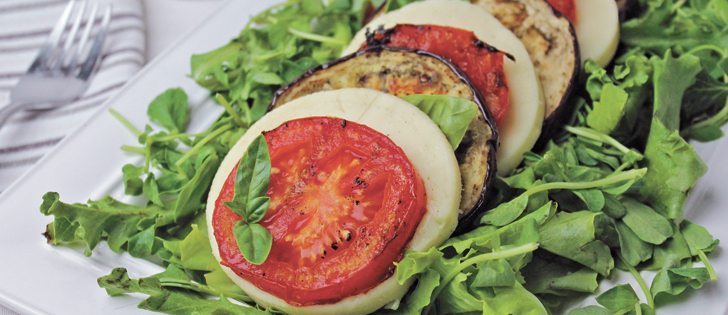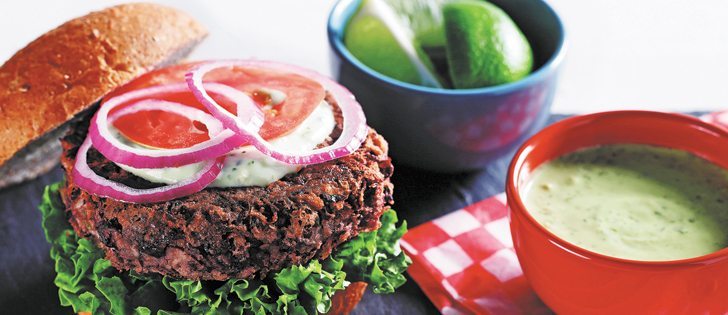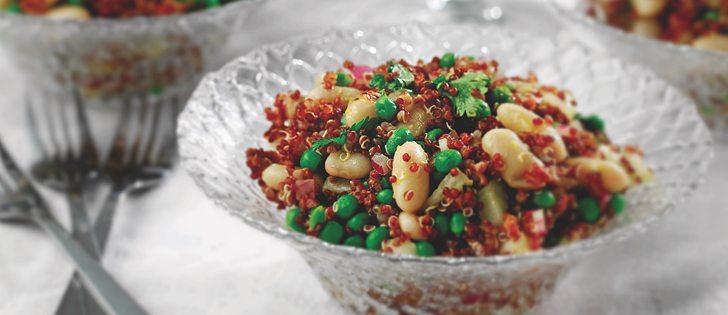Cookbooks make a great gift for almost anyone on your list. Here are a few recent titles that are favourites of mine and make perfect gifts.
Canada’s Favourite Recipes. 2012 by Rose Murray and Elizabeth Baird. Published by Whitecap Books.
This book won the 2013 Taste Canada Cookbook of the Year. It is a collection of classic Canadian recipes not only from two of Canada’s quintessential foodies but also from other food writers, cook and chefs from across Canada.
Each recipe tells a story, celebrates Canadian ingredients and reflects the various food cultures from every region.
Read Also

Rural Manitoba resources slim on natural disaster planning
A study from Brandon University’s Rural Development Institute has found that many rural and small municipalities don’t have the staff or resources to make formal climate plans against natural disaster.
I may be a little biased because the book includes my Grannie Mann’s mincemeat, but I must say these recipes are the best of the best. The ones that I have tried have been so yummy.
This traditional Nova Scotia recipe, hodge podge, was originally from Marie Nightingale, a prominent Canadian food writer who passed away this last year.
She was always gracious and giving, always ready to share a laugh and a story, and always welcoming with a warm, caring smile.
Her cookbooks, Out of Old Nova Scotia Kitchens, and food articles documented the food culture and traditions of Nova Scotia. She was a huge gift to our Canadian food community.
The recipe is usually prepared in the spring with the first vegetables from the garden. However, I also thought it was a rich and comforting way to prepare vegetables for Christmas dinner.
Hodge podge
- 1 c. small new potatoes, unpeeled and scrubbed 250 mL
- 1 c. newly pulled baby carrots 250 mL
- 1 c. each green and yellow beans, trimmed and halved 250 mL
- 1 c. snow peas, trimmed and halved diagonally 250 mL
- 1 c. shelled peas 250 mL
- 2 green onions, chopped
- 1/2 c. whipping cream 125 mL
- 1 tbsp. butter 15 mL
- salt and freshly ground black pepper
- 2 tbsp. chopped fresh parsley 30 mL
Place potatoes in a large pot with about one inch of boiling water. Cover and boil gently for two to three minutes before adding the carrots.
Cook the carrots, covered, one to two minutes and then add the beans. Cook, uncovered, for two minutes.
Add snow peas, shelled peas and green onions and cook gently, covered, until all the vegetables are tender, three minutes. Drain only if a lot of water remains. Add cream and cook until thickened, two to four minutes. Stir in butter, and salt and pepper to taste. Sprinkle with parsley.
This recipe makes two servings as a meal and four servings as a side dish.
Grilled peanut butter and banana sandwiches
The Flavour Principle: Enticing Your Senses with Food and Drink. 2013 by Lucy Waverman and Beppi Crosariol. Harper Collins Publishers Ltd.
In The Flavour Principle, she offers a short course on flavours from bitter to earthy to spicy to umami. Each section explores a flavour and then not only offers recipes but complete menus with wine, beer cocktails or spirits pairing by Beppi Crosariol, the Globe and Mail’s wine and spirit columnist.
It was the 2014 Taste of Canada Cookbook of the Year.
This recipe from the book combines two of my daughter’s favourite foods: peanut butter and banana bread. It is easy and decadent and yummy with ice cream.
The recipe is from the smoky section of The Flavour Principle, which suggests pairing it with a coffee and a splash of Irish cream liqueur or a creamy, dark stout that has coffee and dark chocolate notes.
Banana bread
- 2 c. all-purpose flour 500 mL
- 1 tsp. baking soda 5 mL
- 1/2 tsp. kosher salt 2 mL
- 1/2 c. butter, softened 125 mL
- 1 c. granulated sugar 250 mL
- 2 eggs
- 2 c. mashed very ripe bananas 500 mL
Filling
- 1/2 c. peanut butter 125 mL
- 1/4 c. mascarpone 60 mL
- 1/4 c. butter, softened 60 mL
Preheat oven to 350 F (180 C). Grease a nine by five inch (22 x 12.5 cm) pan.
Combine flour, baking soda and salt in a bowl. Cream together butter and sugar in another bowl with an electric mixer until light and fluffy.
Pour batter into a loaf pan and bake for 60 to 70 minutes or until a toothpick inserted into the centre of the bread comes out clean. Cool in pan for five minutes and then turn out onto a rack. Cool completely. Cut eight slices about ½ inch (1 cm) thick.
Combine peanut butter and mascarpone until well blended. Spread four slices of banana bread with peanut butter mixture. Top with remaining slices and press down to compress slightly.
Preheat grill to medium high. Brush both sides of sandwiches with butter. Grill sandwiches for about two minutes per side or until grill marked and slightly toasted. Cut in half and serve with ice cream.
This recipe makes four sandwiches.
The Mom 100 Cookbook: 100 Recipes Every Mom Needs in Her Back Pocket. 2012 by Katie Workman. Workman Publishing
This fun yet practical cookbook tackles the issues of cooking for a young family. It is full of creative advice and includes easy, real food ideas to get your kids eating more than chicken nuggets and cereal.
Workman’s writing style is fun and enthusiastic.
“Realize that your kids probably think they are going to hate most new things, and it is your job to basically ignore that fact, and keep moving forward, like a shark,” she writes.
“Otherwise, in 50 years we are going to be looking at seniors communities filled with people nibbling on chicken nuggets and debating the merits of honey-mustard vs. barbecue sauce, both of which will probably give them heartburn.”
One brilliant idea from the book, which she calls fork in the road, is to break a recipe down and give kids the choice of what to add.
For example, you want to make a couscous salad with olives, bacon, red pepper and feta cheese but you know your vegetarian daughter likes the smell of bacon but won’t eat it and your son and husband abhor feta cheese and you are the only one that appreciates olives.
The solution is to make the couscous and salad dressing and then let everyone dress the salad with whatever they prefer. This technique prevents having to cook everyone something different and it puts the power to choose into your kid’s hands with the hope that at some point they will try and like a new food.
These sesame noodles from the book are now one of my daughter’s favourites and will probably be a go-to recipe for her as she heads off to college.
Sesame noodles
For the sesame sauce
- 1 piece peeled fresh ginger 5 cm
- 3 cloves garlic
- 2 tbsp. light or dark brown sugar 30 mL
- 1/3 c. creamy peanut butter 75 mL
- 2 tbsp. rice vinegar or sherry vinegar 30 mL
- 2 tbsp. regular or low sodium soy sauce
- 1/2-1 tsp. chili pepper sauce such as sriracha or tabasco
- 3 tbsp. vegetable, peanut or canola oil 45 mL
- 2 tbsp. Asian (dark) sesame oil 30 mL
For the noodles
- kosher or coarse salt (optional)
- 1 pkg. dried thin spaghetti, or any pasta that you like, such as rotini or linguine (16 oz)
For garnish, pick and choose
- 2 scallions, both white and light green parts thinly sliced
- 1 tbsp. toasted sesame seeds
- fresh cilantro leaves
Fork in the road add-ins:
- 1/2 seedless cucumber, cut in half and thinly sliced
- 2 large carrots, peeled and thinly sliced
- 1 c. cooked tiny broccoli florets 250 mL
- 1 c. slivered red, orange or yellow bell pepper 250 mL
- 1 1/2 c. shredded cooked chicken 375 mL
Make the sesame sauce by placing the ginger and garlic in a food processor or a blender and running the machine until they are finely minced.
Add the brown sugar, peanut butter, vinegar, soy sauce, chili pepper sauce, vegetable oil and one tbsp. sesame oil in the food processor.
Prepare the noodles by bringing a large pot of water to a boil over high heat. Add salt and let the water return to a boil. Add the noodles and cook them according to the package directions until tender.
Set aside one cup of the noodle cooking water and then drain the noodles. Rinse them quickly with warm water and drain them again.
Add the reserved cup of cooking water to the sesame sauce and process to blend.
Place the warm drained noodles in a large bowl and toss them with the remaining one tbsp. (15 mL) of sesame oil. Add the sesame sauce and mix everything until the noodles are well coated.
Taste for seasoning, adding salt if necessary.
Let the noodles cool to room temperature; they will absorb more sauce as they sit.
See the Fork in the Road suggestions for add-ins if desired.
Serve noodles garnished with the scallions, sesame seeds, and/or cilantro, if desired.
This recipe serves eight as a side dish and four to six as a main dish with toppings.
Indian Cooking Unfolded: A Master Class in Indian Cooking, with 100 Easy Recipes Using 10 Ingredients or Less. 2013 by Raghavan Iyer. Workman Publishing.
This is the perfect book for those who enjoy Indian cuisine or would like to learn the secrets of cooking great Indian dishes.
Iyer is one of the world’s leading Indian cookbook authors and was named Cooking Teacher of the Year by the International Association of Culinary Professionals.
He also wrote another excellent cookbook called 660 Curries.
Indian Cooking Unfolded takes a neat approach by tackling each recipe the way he would teach it in class. There are lots of step-by-step pictures and you feel like Iyer is cooking along with you as you read the instructions.
Several of the recipe pages unfold to reveal extra credit information. Learn how to make naan, samosas, red lentil dal, buttermilk fried chicken and many more classic recipes, as well as a few familiar recipes with Indian spins such as mac and cheese outsourced.
This curry house cauliflower from Indian Cooking Unfolded would be a spicy side dish for leftover turkey on boxing day.
Curry house cauliflower
- 1 small head cauliflower 1 lb.
- 2 medium russet or Yukon Gold potatoes
- 2 tbsp. canola oil 30 mL
- 1 tsp. black or yellow mustards seeds 5 mL
- 2 slices fresh ginger (each about the size of a 25 cent coin; no need to peel the skin), cut into matchstick-thin strips
- 2 fresh green serrano chiles, stems discarded, cut lengthwise into thin strips (do not remove the seeds)
- 2 tsp. ground cumin 10 mL
- 1 tsp. ground turmeric 5 mL
- 2 tbsp. finely chopped fresh cilantro leaves and tender stems
Rinse the cauliflower under cold running water. Let it drip dry a bit before you cut it.
Remove the leaves that cup the cauliflower. Slice them into thin strips and pile them on one side of a large plate. Cut the tougher, stalk-like pieces, if there are any, into thin strips. Heap them on top of the leaves.
Cut the cauliflower in half and cut out the thick rib that runs through the base of each half by making a V-shape cut to dislodge the rib. Slice the rib in thin strips and add them to the pile of stalks and leaves.
Cut the cauliflower head into one-inch florets. If you wish to get technical, measure across the top with a ruler or tape measure. The florets should be one-inch across. Group the florets separately from the stalks and leaves.
Peel the potatoes and cut them into one inch cubes. Transfer the cubed potatoes to a bowl large enough to hold them. Add enough cold water to cover the potatoes to prevent them from oxidizing and turning black.
Heat the oil in a large skillet over medium-high heat. Add the mustard seeds once the oil appears to shimmer and wait until they have stopped popping (like popcorn), which will take about 30 seconds. Immediately add the pile of stalks and leaves along with the ginger and chiles and stir fry to partially cook them, three to four minutes.
Meanwhile, drain the potatoes and pat them dry with paper towels. Add the potatoes, florets, cumin, salt, and turmeric to the skillet. Continue stir frying the vegetables to cook the spices, one to three minutes.
Pour in half a cup of warm water and scrape the bottom of the skillet to release any browned bits of vegetables and spices. The water will start to boil almost instantly, thanks to the heat of the skillet.
Reduce the heat to medium-low, cover the skillet and let the vegetables simmer, stirring occasionally, until they are tender when pierced with a fork, 10 to 12 minutes.
Serve the vegetable mix sprinkled with cilantro. – Serves four.
Dorothy Long is a home economist in the agrifood trade and former greenhouse grower from Lloydminster, Sask. She writes a blog at prairiekitchencompanion.blogspot.ca. Contact: food@producer.com.



